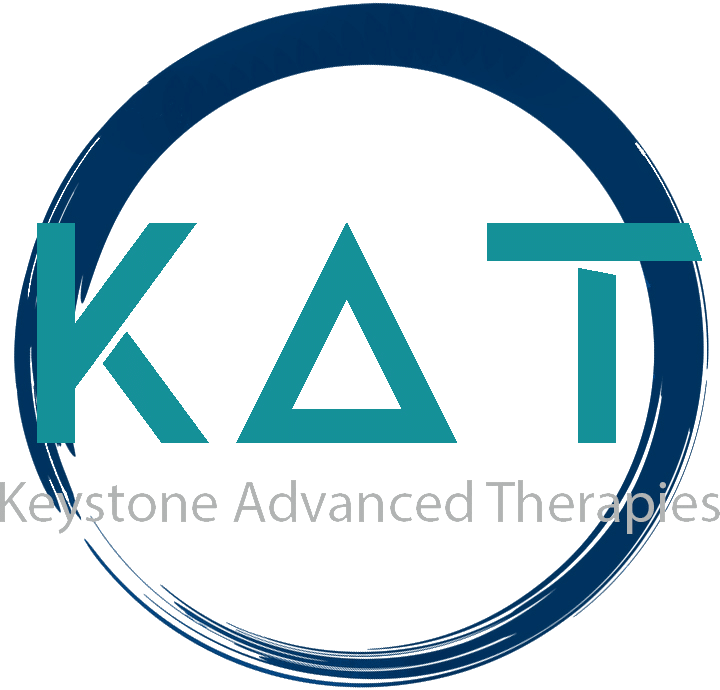Ketamine Therapy for Neuropathic Pain and Depression
Dr. Scot Depue
Using ketamine for neuropathic pain OR depression related illness involves various therapeutic approaches. Here are some effective methods based on current clinical practices and research:
1. Intravenous (IV) Ketamine Infusions
- Low-Dose Infusions: Typically administered at sub-anesthetic doses (0.1-0.5 mg/kg/hr) over several hours.
- Infusion Protocols: Initial series of infusions (e.g., 3-5 sessions over a few weeks) followed by maintenance infusions as needed.
Monitoring: Continuous monitoring of vital signs and mental status during and after the infusion.
2. Oral Ketamine
- Dosing: Low-dose oral ketamine (10-20 mg) taken 1-2 times daily.
Titration: Start with a low dose and gradually increase based on patient response and tolerance. - Combination Therapy: Often used in conjunction with other pain medications. Here at Keystone Advanced Therapies we use oral , nasal or rectal ketamine to lengthen the time in between booster infusions.
3. Topical Ketamine
- Formulations: Compounded creams or gels containing ketamine (typically 5-20%).
Application: Applied to the affected area 2-3 times daily. - Combination with Other Agents: Can be combined with other topical agents like lidocaine or amitriptyline. We prescribe this for hyperalgesic reactions (pain out of proportion to healing) for post surgical patients.
4. Intranasal Ketamine
- Formulation: Ketamine nasal spray (compounded).
Dosing: Typically 0.1-0.5 mg/kg administered in divided doses throughout the day. - Benefits: Offers a non-invasive and patient-friendly administration route. We use compounded nasal spray as an alternative to IV ketamine when the patient cannot tolerate IV infusions due to hyperadrenergic POTS or other hypertensive response to ketamine.
5. Psychological and Supportive Care
- Therapeutic Support: Incorporate psychological support, including cognitive-behavioral therapy (CBT) and counseling.
Multidisciplinary - Approach: Collaborate with pain specialists, psychologists, and physical therapists.
6. Patient Selection and Monitoring
- Screening: Careful patient selection based on medical history, co-existing conditions, and potential for substance abuse.
- Monitoring: Regular follow-ups to assess efficacy, side effects, and any signs of misuse or dependency.
7. Research and Evidence-Based Practice
- Clinical Trials: Stay updated with ongoing clinical trials and emerging evidence on ketamine for neuropathic pain or depression related
- Personalized Medicine: Tailor the treatment plan based on individual patient response and preferences.
Considerations and Precautions:
Side Effects: Monitor for potential side effects like dissociation, hallucinations, increased blood pressure, and liver enzyme abnormalities.
Contraindications: Consider contraindications such as severe cardiovascular disease, uncontrolled hypertension, or a history of substance abuse.
Ketamine therapy should always be administered by healthcare professionals experienced in its use, ensuring patient safety and optimal outcomes.
At Keystone Advanced Therapies we tailor our approach to each individual patient and feel this is the best approach, honed over 8 years and 5000 infusions.










